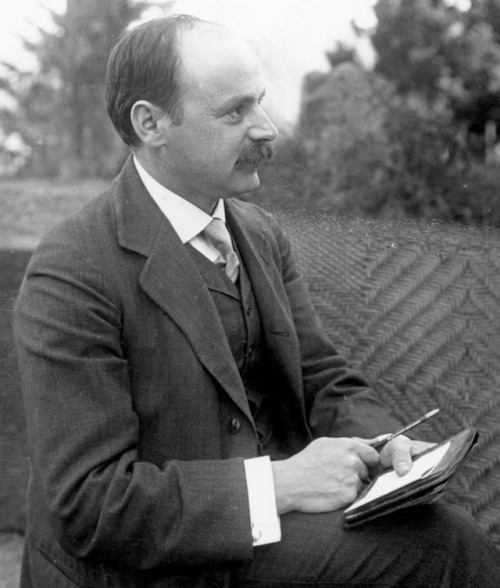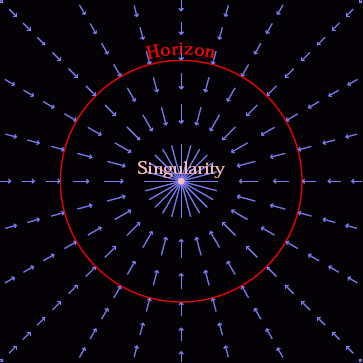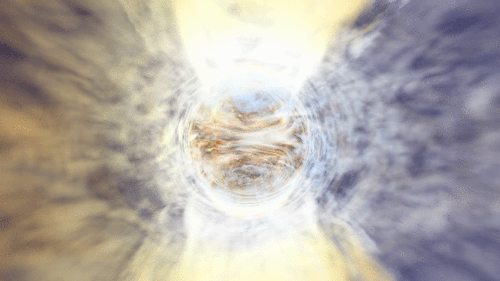Csmsdust

More Posts from Csmsdust and Others

Ammonite fossil, 45 - 60 mm
I feel like a lot of people don't realize how much power and control they actually have over their lives. Just learning about how we function, our instincts, habbits, and sensory experiences helped me see the world and my existence in such a different way.
All we have is our perception of the world, which more often than not is taken for a fact, when in fact, we can decide if we want to see an event as good or bad or just happening outside of our control.
If I experience a chain of bad things happening to me, If I happen to fall off my bike and break my arm, I won't think I have bad luck, or that my whole life sucks and I shouldn't even try. Rather, I try to separate the events that are out of my control, not good or bad, not personal but a flow of things that is natural and unpredictable. The thing that is within my control is how I choose to react to it. Instinctively I would get upset, curse ect. but taking a step back, looking at the situation separate from my current feelings gives me a much better perspective on things. What we feel isn't always the best way to deal with things, it's just what we have done the longest.
Anyways, I'm not sure where I was going with this except that it's within your control how you see and react to things.





Impulse, instinct or intuition, Applied psychology, geometry and astronomy, 1919






Karl Schwarzschild
He provided the first exact solution to the Einstein field equations of general relativity, for the limited case of a single spherical non-rotating mass, which he accomplished in 1915, the same year that Einstein first introduced general relativity. The Schwarzschild solution, which makes use of Schwarzschild coordinates and the Schwarzschild metric, leads to a derivation of the Schwarzschild radius, which is the size of the event horizon of a non-rotating black hole.
Schwarzschild accomplished this while serving in the German army during World War I. He died the following year from the autoimmune disease pemphigus, which he developed while at the Russian front. Various forms of the disease particularly affect people of Ashkenazi Jewish origin.
Asteroid 837 Schwarzschild is named in his honour, as is the large crater Schwarzschild, on the far side of the moon. (source) (biography) (more)






Chiltern Classics
IF YOU RUN A BOOKLR ACCOUNT PLEASE INTERACT WITH THIS POST I WANT TO FOLLOW YOU!
sorry for yelling I needed to get ur attention. Anyways if u are a booklr account or know of some amazing booklr accounts please tell me their @. (Also if ur booklr is not ur main drop the @)
Edit: I will no longer be coming back to this post but I am leaving it up so others can follow all of you wonderful people! 💜
‘Wrinkles’ in time experience linked to heartbeat
How long is the present? The answer, Cornell researchers suggest in a new study, depends on your heart.
They found that our momentary perception of time is not continuous but may stretch or shrink with each heartbeat.
The research builds evidence that the heart is one of the brain’s important timekeepers and plays a fundamental role in our sense of time passing – an idea contemplated since ancient times, said Adam K. Anderson, professor in the Department of Psychology and in the College of Human Ecology (CHE).
“Time is a dimension of the universe and a core basis for our experience of self,” Anderson said. “Our research shows that the moment-to-moment experience of time is synchronized with, and changes with, the length of a heartbeat.”
Saeedeh Sadeghi, M.S. ’19, a doctoral student in the field of psychology, is the lead author of “Wrinkles in Subsecond Time Perception are Synchronized to the Heart,” published in the journal Psychophysiology. Anderson is a co-author with Eve De Rosa, the Mibs Martin Follett Professor in Human Ecology (CHE) and dean of faculty at Cornell, and Marc Wittmann, senior researcher at the Institute for Frontier Areas of Psychology and Mental Health in Germany.
Time perception typically has been tested over longer intervals, when research has shown that thoughts and emotions may distort our sense time, perhaps making it fly or crawl. Sadeghi and Anderson recently reported, for example, that crowding made a simulated train ride seem to pass more slowly.
Such findings, Anderson said, tend to reflect how we think about or estimate time, rather than our direct experience of it in the present moment.
To investigate that more direct experience, the researchers asked if our perception of time is related to physiological rhythms, focusing on natural variability in heart rates. The cardiac pacemaker “ticks” steadily on average, but each interval between beats is a tiny bit longer or shorter than the preceding one, like a second hand clicking at different intervals.
The team harnessed that variability in a novel experiment. Forty-five study participants – ages 18 to 21, with no history of heart trouble – were monitored with electrocardiography, or ECG, measuring heart electrical activity at millisecond resolution. The ECG was linked to a computer, which enabled brief tones lasting 80-180 milliseconds to be triggered by heartbeats. Study participants reported whether tones were longer or shorter relative to others.
The results revealed what the researchers called “temporal wrinkles.” When the heartbeat preceding a tone was shorter, the tone was perceived as longer. When the preceding heartbeat was longer, the sound’s duration seemed shorter.
“These observations systematically demonstrate that the cardiac dynamics, even within a few heartbeats, is related to the temporal decision-making process,” the authors wrote.
The study also showed the brain influencing the heart. After hearing tones, study participants focused attention on the sounds. That “orienting response” changed their heart rate, affecting their experience of time.
“The heartbeat is a rhythm that our brain is using to give us our sense of time passing,” Anderson said. “And that is not linear – it is constantly contracting and expanding.”
The scholars said the connection between time perception and the heart suggests our momentary perception of time is rooted in bioenergetics, helping the brain manage effort and resources based on changing body states including heart rate.
The research shows, Anderson said, that in subsecond intervals too brief for conscious thoughts or feelings, the heart regulates our experience of the present.
“Even at these moment-to-moment intervals, our sense of time is fluctuating,” he said. “A pure influence of the heart, from beat to beat, helps create a sense of time.”

Surface display of the various structures that play a role in either coloring (e.g. valence circuits) or encoding (interoceptive and cognitive circuits) emotional awareness states source
Crowd Vortices

The Feast of San Fermín in Pamplona, Spain draws crowds of thousands. Scientists recently published an analysis of the crowd motion in these dense gatherings. The team filmed the crowds at the festival from balconies overlooking the plaza in 2019, 2022, 2023, and 2024. Analyzing the footage, they discovered that at crowd densities above 4 people per square meter, the crowd begins to move in almost imperceptible eddies. (Image credit: still - San Fermín, animation - Bartolo Lab; research credit: F. Gu et al.; via Nature) Read the full article
-
 komplikacije liked this · 1 year ago
komplikacije liked this · 1 year ago -
 csmsdust reblogged this · 1 year ago
csmsdust reblogged this · 1 year ago
